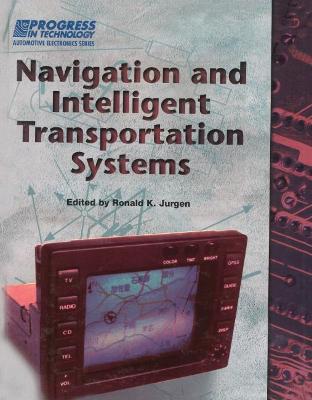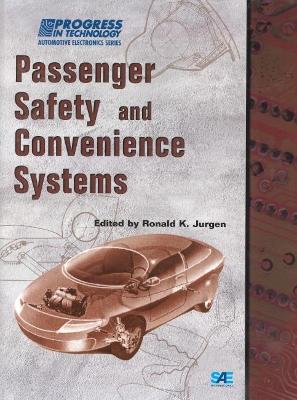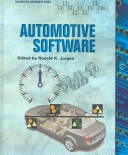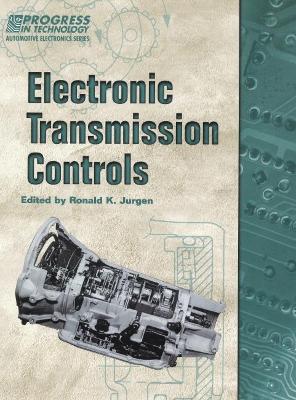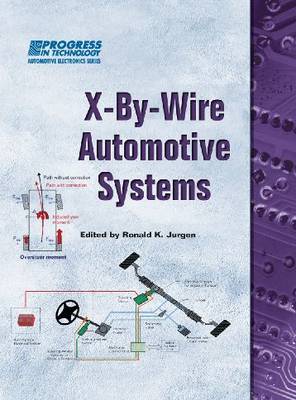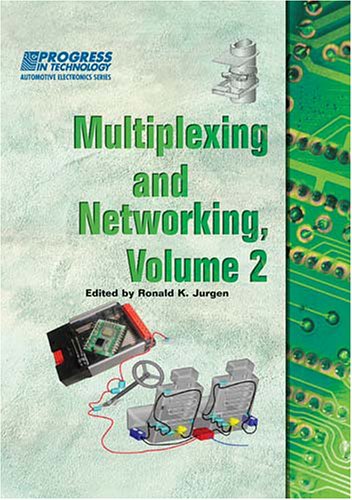Progress in Technology
16 total works
This book concludes with a chapter entitled Future Development in Electronically Controlled Body and Safety Systems.
Object Detection, Collision Warning and Avoidance Systems, Volume 2
by Ronald K. Jurgen
Technologies covered in this section include: powertrain control fuel consumption improvement development of a 2-way clutch system internal combustion engines with CVTs in passenger cars control and shift strategies CVT application to hybrid powertrains. The book concludes with a chapter on the future of electronic transmissions in automobiles.
This book contains 46 papers covering the past ten years (1999-2008) of research on various by-wire systems, looking at the challenges faced by design engineers as traditional hydraulic or mechanical linkages are replaced by electronic control systems.
The book also includes editor Ronald K. Jurgen's introduction ""Replacing Hydraulics and Mechanics with Electronics"" and a concluding section on future trends in X-By-Wire systems.
Contents include: Multiplexing - performance modeling, maintenance issues, EMC in multiplexing, and data reduction in multiplex systems Networking Considerations - high-speed vehicle networks, Body Electronics Area Network (BEAN), real-time software, and data bus communication capabilities Protocols - J1850 Protocol, J1939 Protocol, time-triggered Protocol, Controller Area Network (CAN) Protocol, and other protocols The next generation vehicle architecture.
Electronic Braking, Traction, and Stability Controls, Volume 2
by Ronald K. Jurgen

